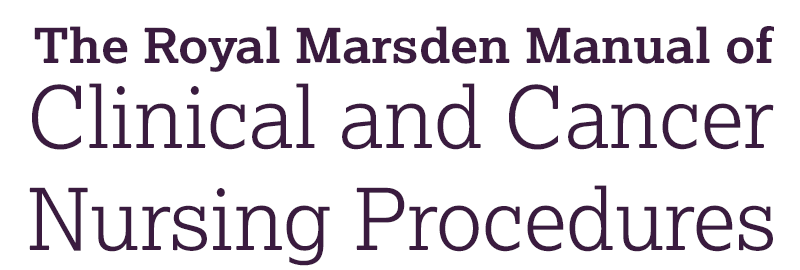Chapter 10: Pain assessment and management
Skip chapter table of contents and go to main content
Clinical governance
There should be formal induction courses and regular updates for doctors, nurses, theatre staff and recovery staff who will be responsible for supervising patients receiving continuous epidural analgesia (RCA [152]). The acute pain service or a clearly designated consultant anaesthetist from the anaesthesia department will be responsible for the immediate supervision of patients receiving local anaesthetic infusions. The NPSA ([131]) recommends that in addition to routine training and regular updates, additional training should occur when changes are made to protocols, medicinal products or medical devices. Routine training should include a programme to help healthcare staff gain competence and confidence in using infusion devices employed to deliver epidural or intrathecal analgesia, a theoretical understanding of how the drugs work, and the monitoring required to detect both drug‐ and procedure‐related side‐effects and complications. Table 10.6 contains an example of learning outcomes and essential skills that could be included in a work‐based competency outline for all healthcare professionals caring for patients with epidural analgesia.
Table 10.6 An example of a competency role development profile for epidural analgesia for acute pain: intended learning outcomes and elements of practitioner competency
| Knowledge and understanding | Skills |
|---|---|
You are expected to possess knowledge and understanding of the following:
| You are expected to possess the following skills:
|
There have been reports of fatal cases when epidural medicines were administered by the intravenous route and intravenous medicines were administered by the spinal route. In response, the NPSA ([132]) issued a Patient Safety Alert recommending that all epidural, spinal (intrathecal) and regional anaesthesia infusions and bolus doses should be given with devices with connectors that will not connect with intravenous equipment – so‐called ‘safer connectors’. As a consequence, in 2017, international connectors known as NRFit, which include a dedicated connector for neuraxial devices, were released (NHS Improvement [123]). Therefore, all NHS organizations have had to review their transition plans and start using this new, safer device.





